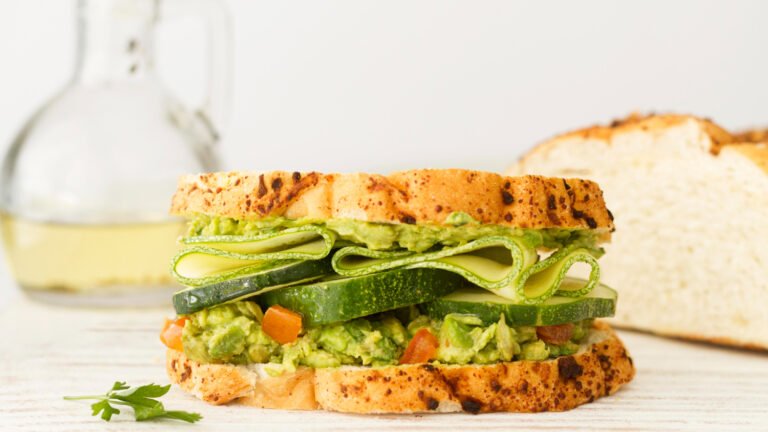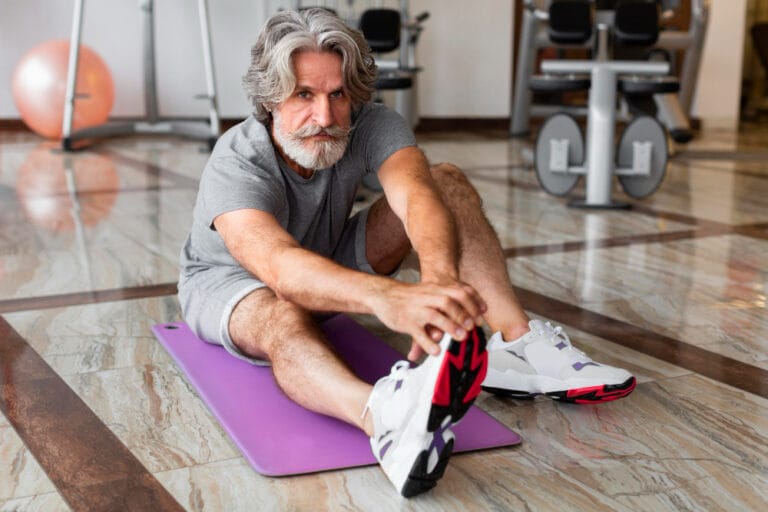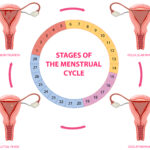FREE SHIPPING OVER $50
This German Trick Helped a 45-Year-Old Dad Melt Off 60 Pounds—Here’s How
Let’s be honest—losing weight after 40 can feel like an uphill battle. Slower metabolism, more stress, less time for workouts… it’s no wonder many people give up before they even see results. But what if the real solution isn’t cutting-edge supplements or extreme cardio, but a surprisingly simple technique from Germany?
That’s exactly what helped Mark, a 45-year-old father of two, lose 60 pounds—and keep it off. No trendy diets, no hours in the gym, and no calorie-counting madness. Just a straightforward strategy that tapped into his body’s natural rhythm and made weight loss feel, well, doable.
If you’re looking for something realistic, sustainable, and backed by basic science—this might just be it.
What Is the German Trick?
The “German trick” isn’t some secret pill or hardcore workout. It’s a structured, intentional approach to intermittent fasting, combined with protein-forward meals and NEAT (non-exercise activity thermogenesis)—three elements that are deeply rooted in German wellness culture.
Mark learned about it from a colleague who’d lived in Berlin for several years and noticed how many locals stayed lean without obsessing over food. Curious, he gave it a try—and was shocked by how quickly the weight started to come off.
Let’s break down what the method involves and why it works.
1. Time-Restricted Eating: Structure Over Starvation
Germans are known for structured daily routines, and when it comes to eating, that structure makes all the difference. Mark adopted a time-restricted eating window—also known as 16:8 intermittent fasting—where he fasted for 16 hours and ate all his meals within an 8-hour window (typically 12 p.m. to 8 p.m.).
This gave his digestive system a break, helped regulate insulin levels, and encouraged his body to burn fat for energy during the fasting phase.
Unlike starvation diets, this approach didn’t leave him drained. He drank water, black coffee, and tea in the mornings, then enjoyed satisfying meals later in the day. The key was consistency—not perfection.
2. Protein First at Every Meal: Fuel and Fullness
Germans tend to emphasize whole, nutrient-dense meals—especially protein-rich options like eggs, fish, chicken, beans, and dairy. Mark made it a rule: every meal had to include a solid source of protein.
Why? Protein doesn’t just support muscle retention during weight loss—it also curbs appetite and boosts metabolism through the thermic effect of food. Mark’s typical meals included:
- Grilled chicken or turkey with veggies
- Greek yogurt with berries and flax
- Eggs with spinach and whole-grain toast
He noticed fewer cravings and more stable energy, especially in the afternoons.
3. Daily Movement Without the Gym: NEAT Over Intensity
Instead of forcing intense workouts into an already busy schedule, Mark leaned into NEAT—the calories you burn from daily movement that isn’t formal exercise.
Inspired by German cities’ walkability and active lifestyles, he:
- Walked after meals (a big part of the culture)
- Took the stairs instead of the elevator
- Did light stretching or resistance bands at his desk
- Played outside with his kids instead of scrolling
It sounds simple, but all that movement added up fast—and helped him build a fat-burning routine without burning out.
4. Simple, Whole Foods Over Processed Options
One major shift Mark made was embracing a more whole foods-based diet, ditching ultra-processed snacks, sugary drinks, and anything that came with a long ingredient list.
Germans tend to prioritize home-cooked meals made with simple, seasonal ingredients. Mark started shopping with that in mind—choosing fresh vegetables, lean meats, whole grains, and healthy fats like olive oil and nuts.
This helped reduce inflammation, regulate digestion, and naturally cut his calorie intake without obsessing over numbers.
5. Prioritizing Gut Health: Fermented Foods and Fiber
Another key part of this method was improving gut health. Mark introduced fermented foods like sauerkraut (a German staple), kefir, and probiotic-rich yogurt into his meals, while also increasing his fiber intake.
A healthy gut plays a huge role in weight regulation, mood, and even immune function. Better digestion led to less bloating and better nutrient absorption—plus fewer late-night cravings.
6. Smart Sleep and Stress Habits: German-Style Wind Down
Germans are big on routine—and Mark realized that what he did outside the kitchen mattered just as much. He set a regular bedtime, limited screens before sleep, and took up journaling and deep breathing to manage stress.
This helped lower cortisol (a hormone linked to belly fat), boosted his energy, and gave his body time to actually recover and reset overnight.
7. Hydration with a Purpose
Mark also made hydration a daily priority. He started each morning with a glass of water and kept a refillable bottle nearby all day. Germans typically drink water between meals, not with them—a small habit that aids digestion.
He found this helped control hunger, improved skin tone, and even reduced headaches, which had often been mistaken for hunger cues before.
Results That Speak for Themselves
Over the course of eight months, Mark dropped 60 pounds—and more importantly, kept it off. His energy skyrocketed. He stopped snacking mindlessly. He even started sleeping better, and noticed a major shift in his overall mood.
He didn’t follow a complicated plan. He just stayed consistent with a few intentional habits that mirrored the everyday wellness culture he’d learned about from his German friend.
Can You Try This Too?
Absolutely. While everyone’s body is different, the principles of this approach are grounded in common sense and supported by research:
- Eat within a consistent window
- Prioritize protein and whole foods
- Stay active through simple movement
- Support gut health
- Rest well and manage stress
Whether you’re 25 or 55, this “German trick” isn’t about hacks—it’s about habits. And the best part? You don’t need a gym membership, calorie-tracking app, or crazy supplements to start.
Related Articles
- The 9 Worst Things to Do Before 9 A.M. If You Want to Burn Fat Faster, According to Dietitians
- Lost Weight—Then Gained It Back? Here’s the Truth No One Tells You (And How to Stop the Cycle)
- I Help People Lose Weight for a Living—These Are the Only Diets I Actually Recommend
- This 7-Day Walking Plan Burns Fat Fast—And It’s Trainer-Approved
- Stop Wasting Your Mornings: 5 Fat-Burning Morning Habits That Melt Belly Fat Fast (Backed by Science)







